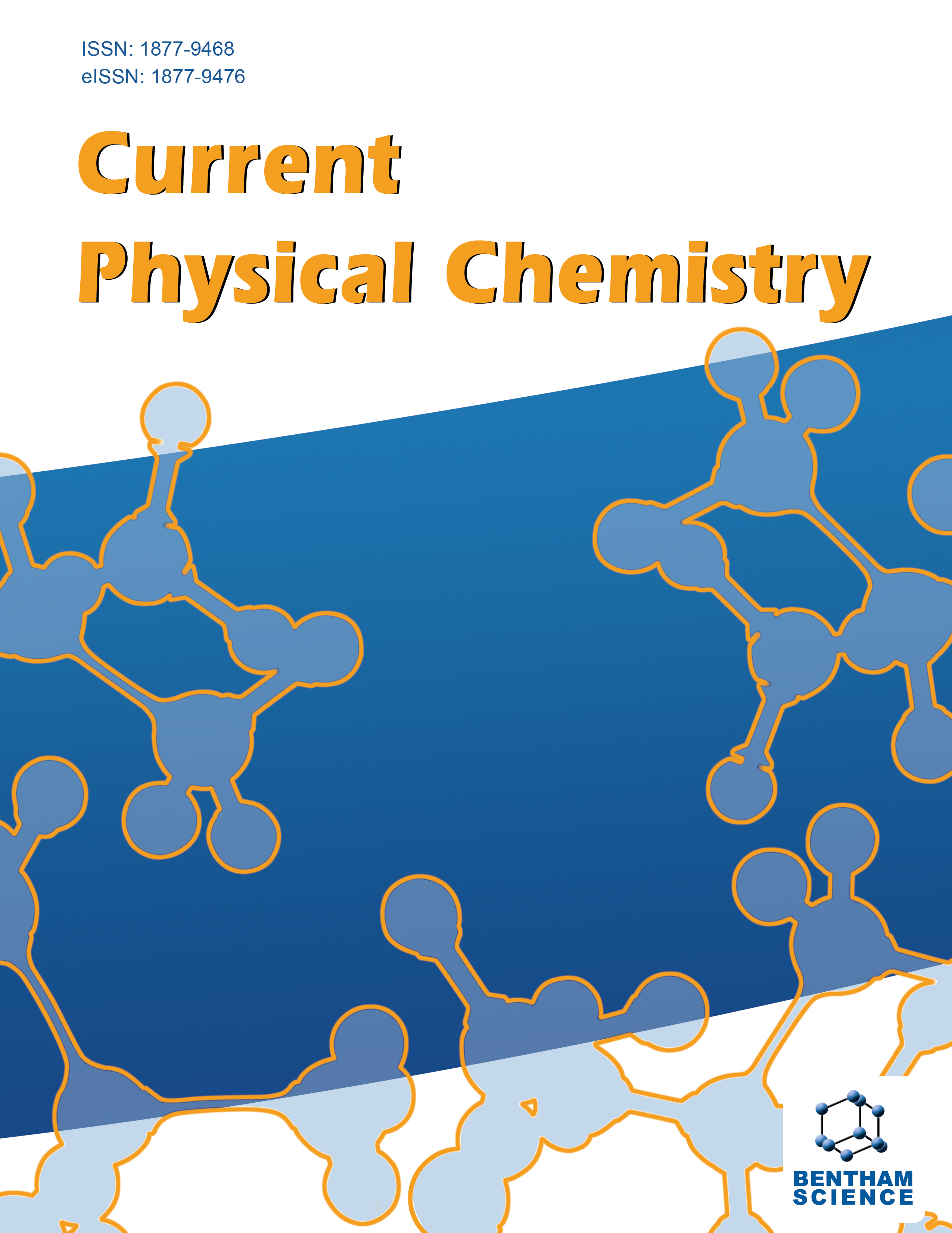
Full text loading...
We use cookies to track usage and preferences.I Understand
PVA/TiO2 nanocomposite membranes are prepared by solution casting technique where different phases of TiO2 nanoparticles like brookite, brookite-rutile and rutile are dispersed in PVA matrix. Sol-gel method was employed to prepare TiO2 nanoparticles, while different phases of TiO2 have been obtained by controlling the calcination temperature.
PVA/TiO2 nanocomposite membranes were characterized by XRD, FTIR, AFM, TEM, UV-visible and PL techniques. XRD results confirmed the presence of different phases of TiO2, exhibiting 3.3 nm, 8.4 nm, and 35.7 nm mean crystalline size. The XRD studies also confirmed that TiO2 nanoparticles became properly dispersed to the PVA matrix, leading to increased PVA crystallinity after doping of different phases of TiO2 nanoparticles. UV-visible analysis revealed an increase in absorption intensity and peak position shifts slightly towards longer wavelengths, which indicates that nanofillers tuned the band gap of PVA. The doping of the TiO2 (brookite) phase in the PVA matrix results in a decreased in PL intensity.
This suggests that the PVA/TiO2 (brookite) membrane exhibits a greater degree of photocatalytic activity in comparison to the other two composites. According to the FTIR investigation, the hydroxyl (OH) groups present in PVA interact with the dopants Ti+ ions via intra- and intermolecular hydrogen bonds to produce charge transfer complexes (CTC). The AFM study shows surface roughness details for PVA and PVA/TiO2 composite membranes. The average grain size of TiO2 nanoparticles calculated from TEM images is in good agreement with the grain size calculated by XRD.
By adjusting the phase of TiO2 nanoparticles into PVA matrix, composites can be developed that are optimized for a variety of applications such as water purification, UV protection, self-cleaning surfaces, lithium-ion batteries, and optoelectronic devices.

Article metrics loading...

Full text loading...
References


Data & Media loading...

